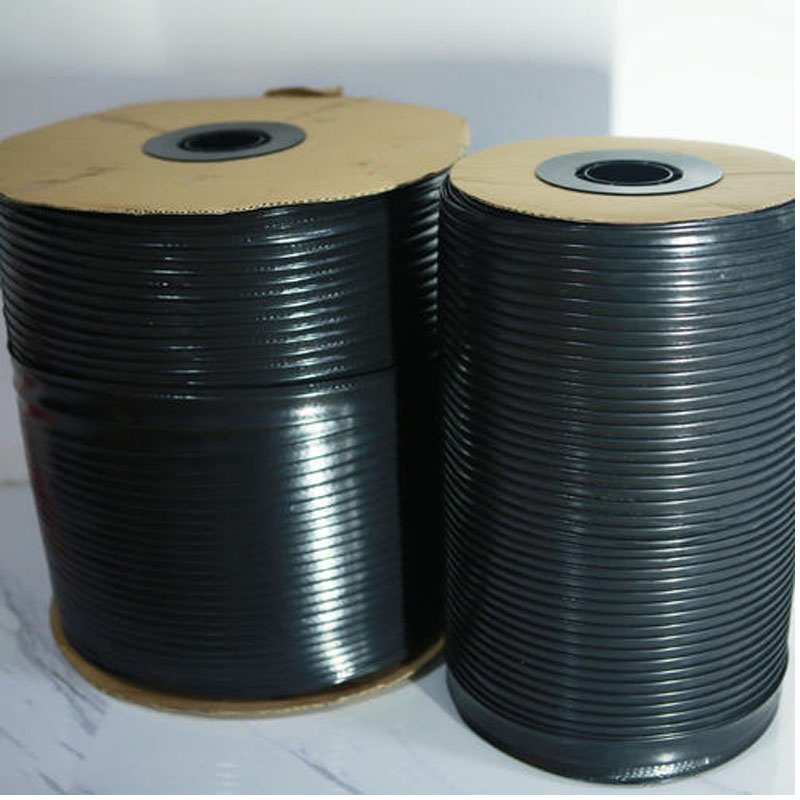Dec . 16, 2024 12:52 Back to list
hdpe tubing sizes service
Understanding HDPE Tubing Sizes and Their Applications
High-Density Polyethylene (HDPE) tubing is widely used across various industries due to its exceptional properties, including resistance to chemicals, high tensile strength, and flexibility. HDPE is a thermoplastic polymer which makes it highly sustainable and recyclable, appealing to eco-conscious businesses and users alike. One of the crucial aspects to consider when selecting HDPE tubing for a specific application is its size. This article explores the different sizes available, their standards, and their appropriate applications in various fields.
HDPE Tubing Sizes
HDPE tubing is available in an array of sizes, typically specified by their diameter and wall thickness. The most common standards for HDPE tubing sizes include the American Society for Testing and Materials (ASTM) and the American Water Works Association (AWWA). When selecting the right size, factors such as the specific use case, fluid type, and pressure rating must be considered.
Nominal Pipe Size (NPS) and Outside Diameter (OD)
The sizes of HDPE tubing are often described using the Nominal Pipe Size (NPS) system. The NPS is a standardized sizing system developed to provide a consistent measurement. It refers to the approximate inside diameter of the tube, allowing for easy identification of appropriate pipe fittings and accessories.
For HDPE tubing, the outside diameter (OD) is more commonly referenced. This is because different wall thicknesses can fit the same NPS. For instance, a typical HDPE tubing could have an OD of 1 inch but different wall thicknesses, leading to variations in the inner diameter and therefore the fluid capacity and pressure tolerance. It's essential to choose the right combination of OD and wall thickness to suit the application requirements.
Standard Sizes and Custom Options
Standard HDPE tubing sizes range from as small as 1/2 inch to as large as 63 inches in diameter. These standard sizes are widely available and come with established regulations for applications such as water distribution, agricultural irrigation, and gas distribution. Additionally, custom sizes can be ordered for specialized projects or unique applications that require different specifications.
Applications of HDPE Tubing
The versatility of HDPE tubing makes it suitable for various applications across multiple sectors
1. Agriculture HDPE is commonly used in irrigation systems due to its resistance to corrosion and ability to handle varying pressures. It is an ideal choice for transporting water, fertilizers, and chemicals.
hdpe tubing sizes service

2. Construction In construction, HDPE tubing can be used for drainage systems and for protecting electrical and communication lines due to its protective qualities and durability.
3. Municipal Water Supply HDPE is a preferred material for water supply lines due to its longevity, low maintenance requirements, and resistance to leakage and cracking.
4. Industrial Applications Industries utilize HDPE tubing for transferring a variety of chemicals and materials due to its chemical resistance. This ensures safe and efficient operation in manufacturing processes.
5. Gas Utilities HDPE tubing is also extensively used in the gas distribution system due to its robustness and ability to withstand the stresses of gas transmission over time.
Selecting the Right HDPE Tubing Size
When selecting HDPE tubing, it's important to consider several factors
- Fluid Characteristics The type of fluid being transported (e.g., water, chemicals) will dictate the grade of HDPE and the tubing size.
- Pressure and Temperature Ratings It is essential to choose tubing that can withstand the specific pressure and temperature conditions of the application.
- Installation Environment The conditions in which the tubing will be installed, including exposure to UV radiation or corrosive elements, must be taken into account.
- Regulatory Standards Ensure that the selected size complies with local codes and regulations, especially in municipal and utility applications.
In conclusion, HDPE tubing stands out as a reliable option for various applications due to its range of sizes and properties. Understanding the specifics of HDPE tubing sizes, including their ratings and applications, allows professionals in different industries to make informed choices. Whether for agricultural, industrial, or municipal purposes, the correct HDPE tubing can lead to more efficient systems and sustainable practices.
-
High-Quality PVC Borehole Pipes Durable & Versatile Pipe Solutions
NewsJul.08,2025
-
High-Quality PVC Perforated Pipes for Efficient Drainage Leading Manufacturers & Factories
NewsJul.08,2025
-
High-Quality PVC Borehole Pipes Durable Pipe Solutions by Leading Manufacturer
NewsJul.08,2025
-
High-Quality PVC Borehole Pipes Reliable PVC Pipe Manufacturer Solutions
NewsJul.07,2025
-
High-Quality UPVC Drain Pipes Durable HDPE & Drain Pipe Solutions
NewsJul.07,2025
-
High-Quality Conduit Pipes & HDPE Conduit Fittings Manufacturer Reliable Factory Supply
NewsJul.06,2025

